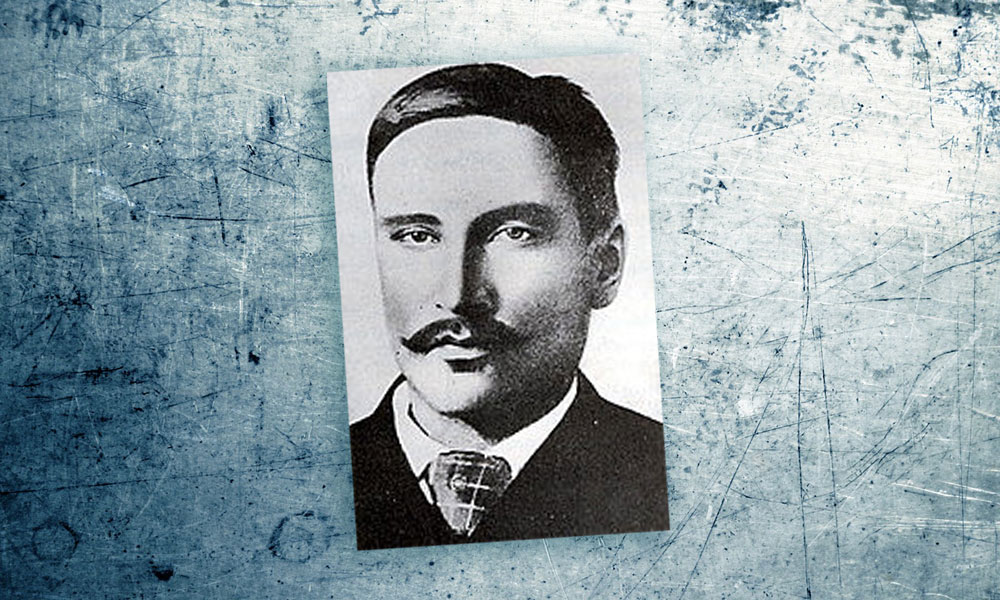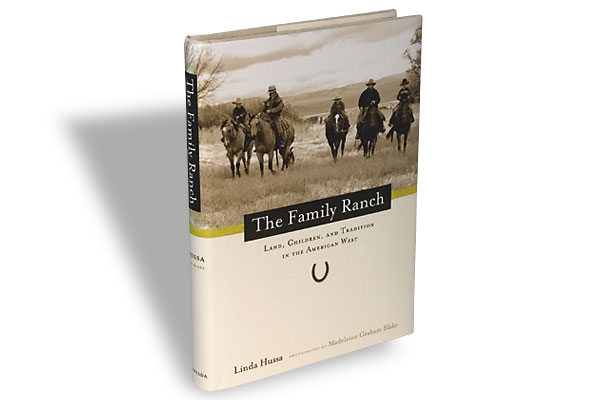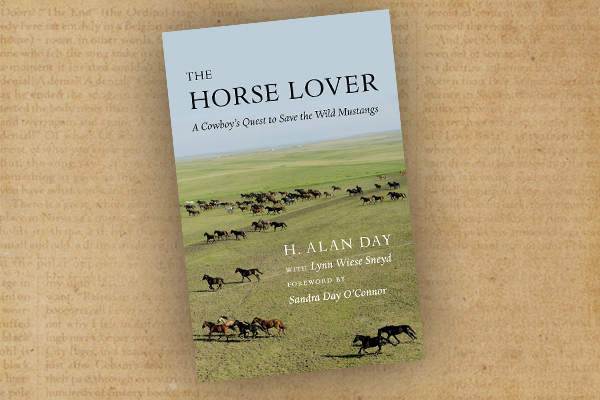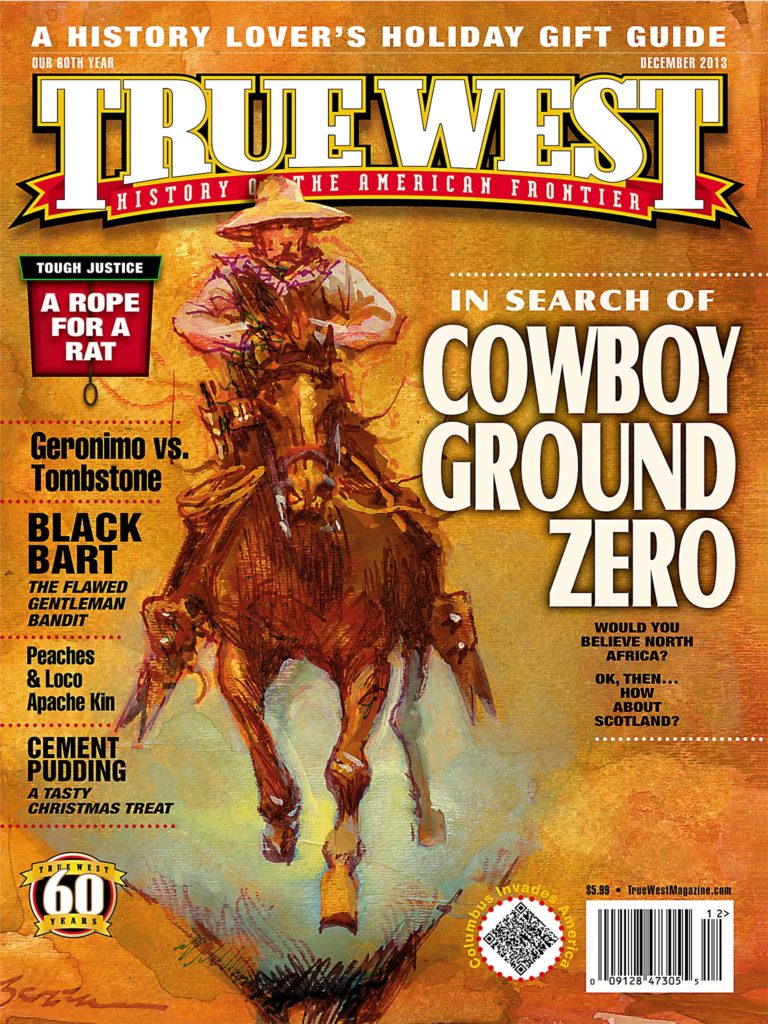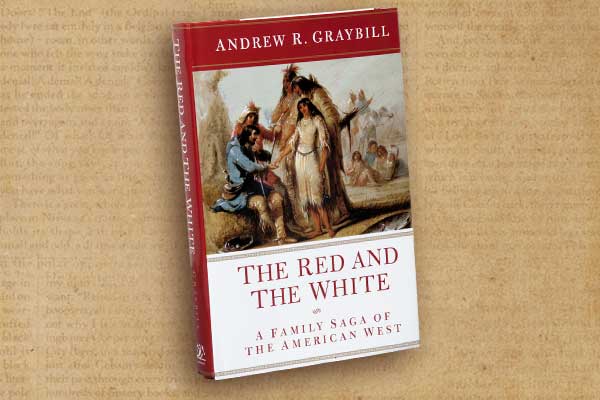 Historian Andrew R Graybill’s passionate, multi-generational history, The Red and the White: A Family Saga of the American West (Liveright Publishing Corporation, $28.95), begins and ends his poignant history of the Malcolm Clarke and Coth-co-co-na family in present-day Montana. Graybill’s passionate research reveals how Montana settler Clarke and his Piegan wife,
Historian Andrew R Graybill’s passionate, multi-generational history, The Red and the White: A Family Saga of the American West (Liveright Publishing Corporation, $28.95), begins and ends his poignant history of the Malcolm Clarke and Coth-co-co-na family in present-day Montana. Graybill’s passionate research reveals how Montana settler Clarke and his Piegan wife,
Coth-co-co-na, and their descendants endured and overcame the pains and prejudices of a mixed white-Indian family from the violent territorial days to today. Ever since Piegan relatives tragically murdered Clarke at his ranch for an unresolved feud in August 1869, and the U.S. Army’s retaliatory massacre of Piegan Chief Heavy Runner’s camp on the Marias River in January 1870, the survivors and descendants of the biracial Clarke family have endured through lives “in between.”
Graybill, a professor of history at Southern Methodist University, spent seven years researching and writing The Red and the White. His extensive use of primary sources and family archives, heretofore unavailable to historians, was made possible by Joyce Clarke Turvey, the great-granddaughter of Malcolm and Coth-co-co-na. She also provided Graybill with multiple interviews that gave him the foundation to tell the first complete story of the Clarke family from the earliest days of the fur trade to the present, including the poignant lives of her parents, John and Mamie, and grandparents, Horace and Margaret. Perhaps having found peace after being able to share her family’s story, Turvey, 85, died this past August.
Graybill’s conclusions provide an expanded, personalized story of how the ever-changing federal Indian policies shaped an American family’s
history, one that reveals how the family persevered for the past 150 years, no matter the challenges of racial prejudice, injustice or disability. John L. Clarke’s story of overcoming his childhood hearing loss from scarlet fever and growing up to become a well-known Western artist and wood carver is especially poignant as he bridges his two cultural heritages successfully. In his honor, his daughter Joyce founded the John L. Clarke Western Art Gallery and Memorial Museum, in 1977, in East Glacier, Montana.
While the Marias Massacre and the conflicts of Northern Rockies settlement are well known in the pantheon of the American West, Graybill eloquently redefines our understanding of both when he extends the Clarke family history beyond the confines of the 19th and 20th centuries to the present. His conclusions from 2013 look back over 200 years of American history and examine the processes that ultimately and tragically led to the slaughter on the Marias River in 1870. But rather than conclude the story as a tragedy, he discovers the triumph of the Clarke family, still enduring in Montana, where the fates of history brought the Euro-American fur trappers and American Indian cultures together for eternity.
Graybill’s saga is Shakespearean in its tragedy and Biblical in its parable of how the Indian tribes have endured a diaspora of such magnitude. His conclusions are tempered in the present, where the bifurcated community of whites and Indians in northern Montana remains equally entwined, yet disparate and separate. As Holocaust survivor and philosopher Viktor Frankl wrote in his autobiography, Man’s Search for Meaning, “…everything can be taken from a man but…the last of the human freedoms—to choose one’s attitude in any given set of circumstances, to choose one’s own way.”
The Malcolm and Coth-co-co-na Clarke family chose a purposeful, meaningful life, offering up, for all of us, a shining example of the power and strength of the human spirit.
—Stuart Rosebrook


